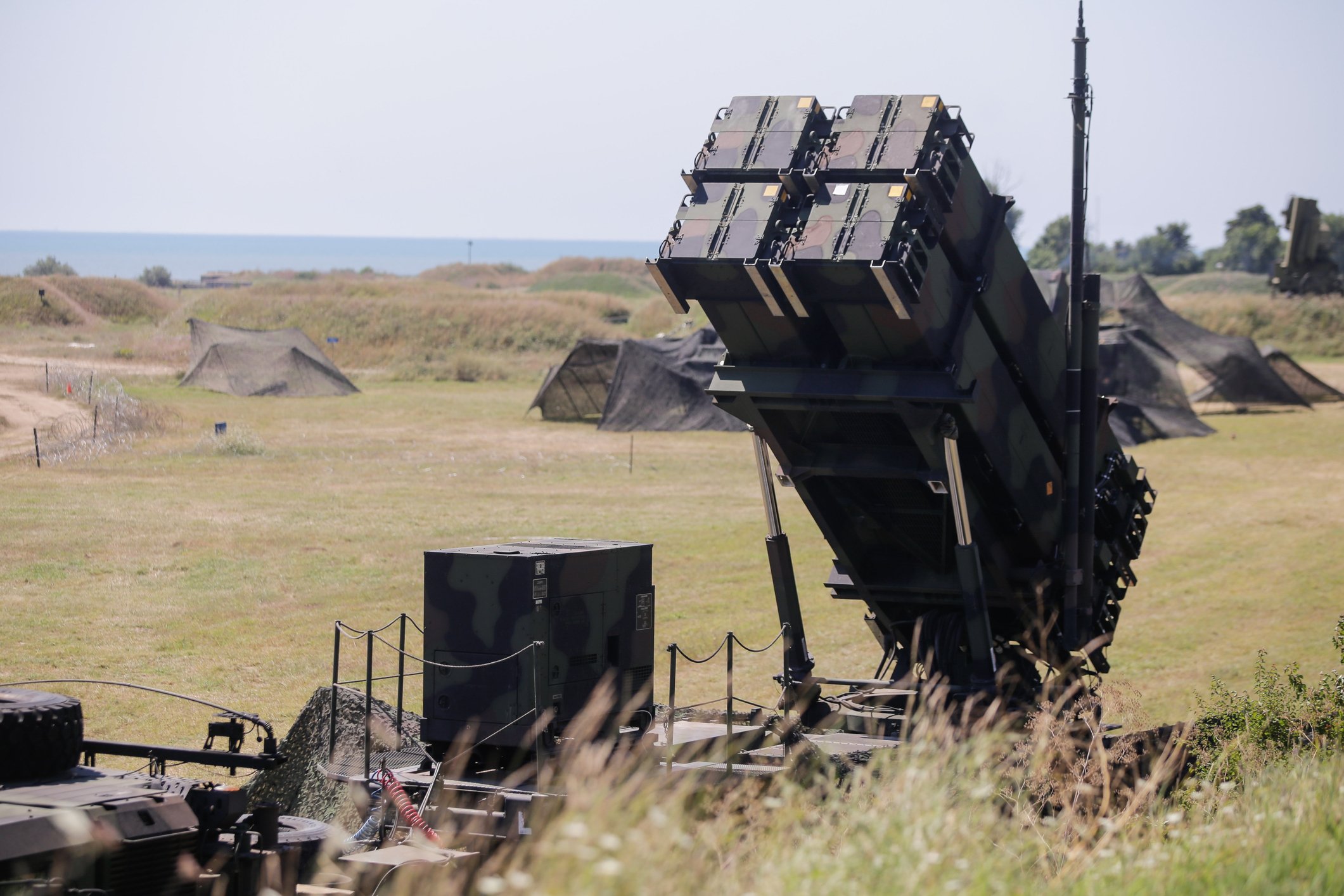The White House has floated its opening bid in what is expected to be a difficult fiscal 2020 budget negotiation. The plan is good news for defense contractors, with the administration committing to provide the Pentagon with the funding it needs to modernize and address a wide range of threats.
Unfortunately for the industry, the plan to provide that funding has almost no chance of being enacted into law. But it might just provide the foundation for a compromise between the two major parties to fund the government and eliminate one of the biggest risks hanging over the defense sector. Here's a breakdown of the White House proposal and a look at how the negotiations might play out from here.
Let the games begin
Russ Vought, acting director of the White House's Office of Management and Budget, in an op-ed column for RealClearPolitics published Feb. 25, bemoaned the rising U.S. national debt and said the White House is committed to cutting spending. He said the president's proposed 2020 budget will target a 5% reduction to nondefense discretionary spending but said defense spending would be spared the ax.

Image source: Getty Images.
"This budget will reflect the administration's continued commitment to defending our nation and addressing threats to our national security, such as terrorists abroad and criminal illegal aliens running through our southern border," Vought said. "Making America safe and secure is the administration's top priority and the president's budget will reflect that."
The decoupling of defense and nondefense spending would mark a shift from budget negotiations from earlier in the decade. It also could potentially run afoul of the Budget Control Act of 2011, which mandated caps on both defense and civil spending in hopes of forcing the different sides to come to an agreement and spare their priorities from reduced spending.
The Pentagon and civil agencies have enjoyed a two-year reprieve from the spending caps, but absent a new compromise in the months to come, defense spending will decline by at least $71 billion in the new year.
In his column, Vought said the administration will continue to fund the Pentagon above cap levels by moving the amounts above the cap into the Overseas Contingency Operations (OCO) fund, an off-budget pool of money originally used to finance operations in Iraq and Afghanistan.
While admitting such a move is likely to be controversial, Vought wrote that absent a compromise, using the OCO to prop up spending "remains the administration's only fiscally responsible option in meeting national security needs."
Congress isn't going to go for it
Although the OCO has been used to pad the budget in years past, don't expect Vought's proposal to fly through Congress. The Democrats who chair the House Armed Services Committee and House Budget Committee said in a joint statement that the proposal "is nothing more than a blatant attempt to make a mockery of the federal budget process."
And while Republicans aren't being as vocal, the idea is not likely to go over well with fiscal hawks on the GOP side of the aisle either.
The fiscal 2020 budget is pivotal to the Pentagon and the defense contractors that serve it. Defense stocks languished earlier in the decade due to partisan budget battles that cut into spending and created a long list of spending priorities that defense officials now need to address.
While no one is suggesting the spigot could be turned off on the Pentagon, the amount of funding the department receives will determine how quickly it moves to refresh its warfighting capabilities. A tight budget could materially impact the revenue outlook for Huntington Ingalls (HII +6.18%), for example, if it means slowing the pace of adding to the Navy fleet, or Lockheed Martin (LMT +4.34%) if the Air Force must stagger its future orders of new warplanes.
It could also slow down efforts led by Raytheon (RTN +0.00%) and Lockheed Martin to modernize missile defense and stunt work being done at Northrop Grumman (NOC +2.39%), Boeing (BA 0.32%), General Dynamics (GD +1.68%), and others to modernize the U.S. nuclear triad.
Check out the latest earnings call transcript for Lockheed Martin.
Reason for hope
While the OCO option is unlikely to fly through Congress, there is reason for hope that a budget can get done without a prolonged government shutdown this fall. I'd argue the White House taking a firm stance is a good sign for the negotiations, because in recent years, budget compromises have only come after lawmakers went around the administration and worked out a deal on their own.

Artist's rendering of Northrop's B21 bomber, an expensive, high-tech marvel that often comes up during budget debates.
The fiscal 2018 and 2019 two-year budget, which temporarily suspended the spending caps, and the recent deal to reopen agencies impacted by the partial shutdown were both negotiated on Capitol Hill and were both initially opposed by the White House.
With the recent partial shutdown producing few if any winners among lawmakers, my sense is Congressional leaders from both parties are not eager for another drawn-out battle. If anything, the White House floating a plan to cut spending at some agencies while providing funds to the Pentagon through a loophole seems likely to encourage Democrats and Republicans in Congress to work together to find an alternative.
The Pentagon is unlikely to get everything it wants, but a modest increase in defense spending to the $700 billion range -- from $675 billion in fiscal 2019 -- should keep momentum strong.
For defense investors, the best advice is to tune out the noise and focus on the long term. It's likely going to take months of negotiations and public posturing, but my bet is the fiscal 2020 budget will get done without a major disruption. Just don't assume the solution will resemble this initial White House proposal.










